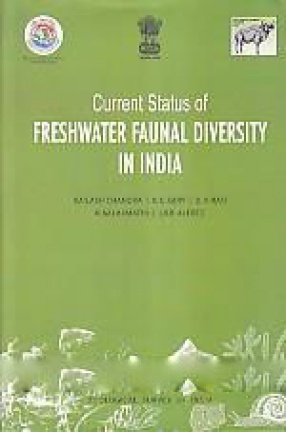
J R B Alfred

Showing all 22 books
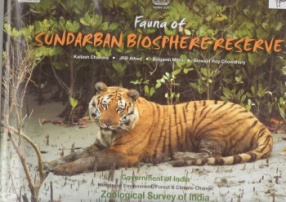
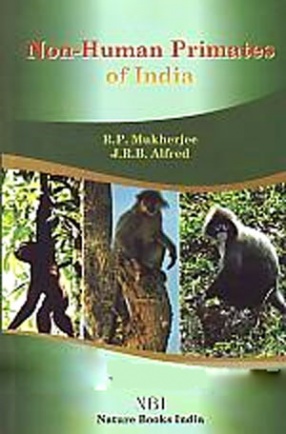

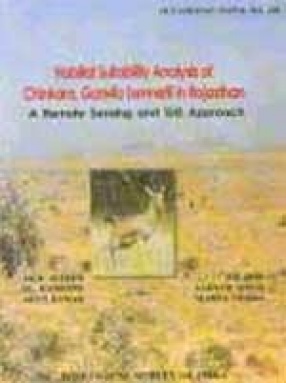
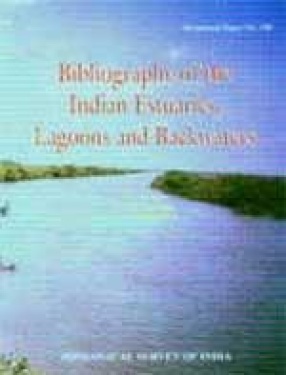

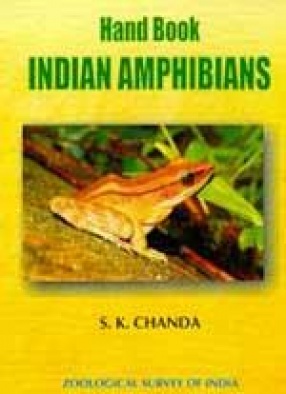

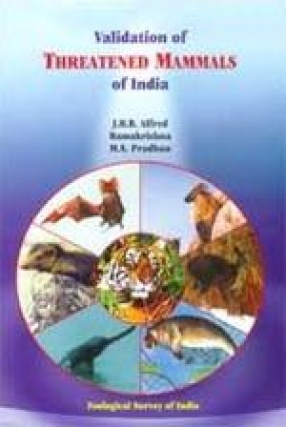
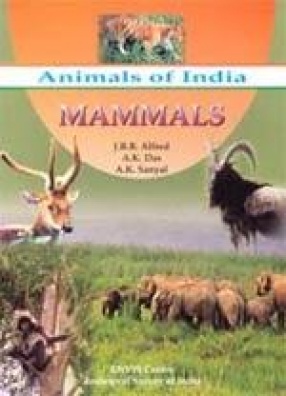

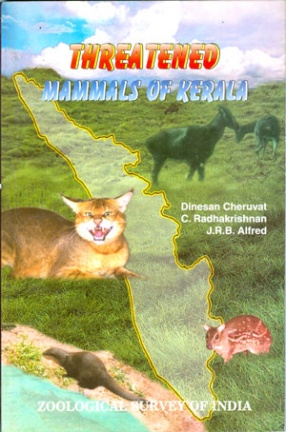



The zoological survey of India (ZSI) is a taxonomic research organization, established on 1st July 1916, dedicated itself to exploring and documenting the country’s faunal resources. It was a long felt need to update the faunal data of the Sundarban Biosphere Reserve. This is the first consolidated pictorial document on the fauna of the Indian part of these deltaic mangrove islands, prepared with the latest published information from Protista to Mammalia, ...

This book highlights India’s biological diversity in the non-human primates, with accounts of 15 well documented species, 2 prosimian, 7 macaque monkeys, 5 langur monkeys, and one lesser ape, the Hoolock gibbon. Some of these species, such as the Common or Hanuman langur, occur throughout India in a wide range of habitats; others, such as the lion tailed macaque, are limited to the tropical forests of southern India; and several, such as the Hoolock gibbon, ...

180 forms of waterbirds and 36 wetland dependant birds from Northern India are illustrated in 40 colour plates. Precise information on diagnostics, habits, habitat, residential status, food, abundance, distributional range is provided. Conservation status of Threatened species is given. The Globally and Nearly Threatened species are distinctly marked in drawings. 204 distribution maps are individually placed with species. Bibliographic location and waterbird ...


Chandaka-Dampara Wildlife Sanctuary, situated in Khurda and Cuttack districts of Orissa, consists of semi-evergreen forest, dry mixed deciduous forest and bamboo brakes. Elephants form the most important vertebrate of these forests. Chandaka-Dampara Wildlife Sanctuary has an area of 193.39 sq km with a very rich biodiversity, and especially along with its elephant population, was elevated to a Wildlife Sanctuary in 1983. However, due to its proximity (25 km) to ...

Indian subcontinent with its tropical and monsoonal climate receives an average annual rainfall of 105cms, which is largest anywhere in the world for a country of a comparable size. This precipitation spread over the country along with melting of glacial snow of the Himalayas resulted in the formation of large perennial Himalayan rivers viz., the Indus, Ganges, Brahmaputra and other peninsular rivers viz., the Godavari, Krishna, Narmada, Tapti, Mahanadi, Cauveri ...

"The present book provides an updated information on the status, distribution, biological diversity, endemism, value, threats and conservation strategies of Protista (Protozoa) and animal groups from Mesozoa to Mammalia occurring in India, with an appendix identifying Indian expertise on each group. The book will serve as a valuable source of information for all those who are concerned with animal diversity and animal resources of the country for their ...




"India is blessed with a highly variable natural continuum from snow clad high mountain ranges of the Himalaya to sea coasts of sandy, muddy, rocky, shingle and coralline nature through forests, grasslands, deserts, wetlands, mangroves and coral reefs. Covering the terrestrial part of the Indian territory in the south and west, there is a marine water-spread of varied depth with islands and archipelagoes of various configuration. In ecology, each of these ...



The present 'Handbook on the hard corals of India' is the maiden work on taxonomic and photographic guide for the identification of corals that inhabit Indian waters. The aim of this guide is to document the biodiversity of Indian corals identified both during the Aus-Aid, India-Australia Training and Capacity Building Project, Coral Taxonomy Training (Museum of Tropical Queensland, Townsville: October 2001-January 2002) (Appendix 2) as well as form other ...
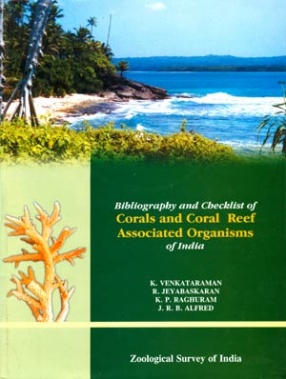
Coral reefs are one of the important ecosystems to people of our country as a source of protein, medicinal and cultural products. They also protect the shorelines from erosion and damage due to cyclone. The sand beaches around these coral reefs are also used as tourist spots, which is turn help to earn foreign exchange. These coral reefs are also called as hotspots of marine biodiversity, supporting many species of corals, fishes, crustaceans and many thousands ...

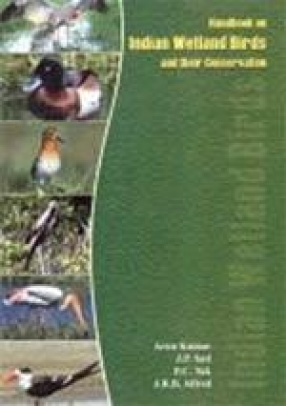
First comprehensive handbook on Indian Wetland birds, which provides information on 310 wetland bird species from India. Each species description comprises brief diagnostics, at least a photograph, a painting and its geographical distribution depicted in a colour map. The population, residential and conservation status of Indian wetland birds has been analysed. Globally threatened species from India have been listed along with descriptions of their critical ...

Indian mammals comprise of 401 species under 180 genera, 45 families and 13 orders, constituting about 8.6 per cent of the global mammalian species. This country is also the abode of 45 endemic mammals. The present book which is the first part of the series "Animals of India" to be published by the ENVIS Centre, ZSI attempts to deal with all these species of Indian mammals. The book incorporates a comprehensive checklist of Indian mammals, their ...


The book deals with 24 threatened species of mammals found in Kerala, belonging to 21 genra under 12 families. Classification followed in the book is based on Wilson and Reeder (1993). Status is given after Zoological Survey of India Red Data Book (1994), but for some species, viz., Vulpes bengalensis, Cuonalpinus, Melursus Ursinus, Felis cbaus the same is given on the basis of observatiions of the authors in the state.

India's immense biological diversity encompasses ecosystems, populations, species and their genetic make-up. This diversity can be attributed to the vast variety in physiographic and climatic situations resulting in a diversity of ecological habitats ranging from tropical, subtropical, temperate, alpine to desert. Documentation of faunal resource of a country therefore, focuses on developing 'indicators' to be used in the assessment which are reflected in ...
